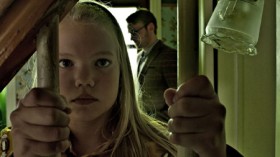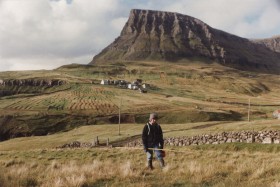


Russian Censorship Debate
Well, I was definitely away from my comfort zone… Around the table were Russian critics, journalists, a writer of a book on the banning of films in Soviet Union – and some younger filmmakers, who were there to say something about censorship today. They did not deliver many words, the old boys took the floor and kept the word for long, arguing with each other, quite dramatic sometimes. I was the last one to speak, told the story that I had heard a couple of weeks ago from Uldis Brauns, whose ”235.000.000” was censored and re-cut after a meeting between him and Goskino in Moscow in 1967. Otherwise I could talk about self-censorship and advertise films in the Danish series at Message2Man, a couple of the films deals with suppression of the free expression like ”Ai Wei Wei” and ”Burma vj”.
I have the feeling that the rest of the table did not understand what I said – the interpreter was not a professional – or were not really interested or were exhausted after the long arguments.
Andrei Smirnov (photo), film director and actor, was the first to speak. He did so passionately, arguing that hundreds of films, in Soviet time, were taken away from public screenings in most cases without any explanation. And if there was any, it was mostly pretty absurd why they were censored. Some photocopies of historical official letters banning films and film directors were distributed – they dealt with the fate of Klimov and Parajanov and were sent by the ”Committee for the State Security of the Council of Ministers of the USSR”. Critic Victor Matizev linked to the current situation saying that we ”are close to the formal installment of censorship”. Another critic, Andrei Shemayakin, pointed out that the censorship today was mostly of an economic nature, there is little money for documentaries which was confirmed by the couple of young filmmakers at the table, one of them made a film about gay and lesbians through crowdfunding.
Towards the end of the two-hour session a journalist started to talk politics, Smirnov got angry and left. Have to confess that I did not really get what the journalist said – but he was pointing at Russia being more advanced than France and Germany, where censorship is more in practice…

